When making a major Solar Panel Investment, every detail counts. Even seasoned professionals at Steelbridge Export know that small oversights during installation can become large, costly setbacks later on. In this friendly guide, we highlight the top errors in industrial solar panel installation—even for hands-on teams—and share proven strategies to avoid them.
7 Deadly Mistakes to Avoid When Installing Industrial Solar Panels
Whether you’re starting your first large-scale array or upgrading an existing system, these insights will help you maximize returns and performance.
Poor Site Assessment and Layout
One of the most common installation mistakes comes from skipping a thorough site assessment. Site shading, terrain slope, inter-row spacing, and roof orientation drastically influence generation. Solar Panel Investment only pays off when panels receive optimal sunlight year-round.
Avoid this mistake: Invest in professional solar site surveys and shade analysis before installation. Proper layout reduces energy loss, speeds commissioning, and amplifies ROI.
Ignoring Soil and Structural Conditions
Assuming ideal soil or rooftop integrity can sabotage your Solar Panel Investment. Unstable ground or unsupported roofing can lead to structural failure.
Avoid this mistake: Commission geotechnical studies or structural audits. Foundations and mounts must be engineered for the site’s specific soil, wind loads, and seismic conditions to maintain panel alignment and longevity.
Suboptimal Panel Tilt and Orientation
A commonly overlooked error is incorrect tilt angles and orientation. Failing to account for latitude, seasonal sun paths, or obstructions can cause up to 15% annual generation loss—hurting your Solar Panel Investment potential.
Avoid this mistake: Use tilt calculators and perform solar analytics to align panels for optimized sun exposure. Even small adjustments can yield stronger project returns.
Improper Cable Management and Electrical Planning
Messy cable runs, undersized or overpacked conduits, and lack of surge protection are frequent errors on industrial sites. These issues can lead to energy losses, safety risks, and frequent system faults.
Avoid this mistake: Plan cable pathways with exact lengths, proper gauges, and adequate thermal ratings. Include surge protection and grounding systems to protect both the panels and your Solar Panel Investment from electrical anomalies.
Choosing Incorrect Mounting Hardware
Using generic mounting systems not designed for industrial conditions—such as heavy snow, high winds, or corrosive environments—can lead to premature failures and costly repairs.
Avoid this mistake: Select racking and mounts certified to meet site-specific wind and climatic conditions. Ensure corrosion resistance, wind load certification, and ground anchor stability aligned to your Solar Panel Investment specifications.
Overlooking Commissioning Protocols
Skipping detailed commissioning—such as IV curve testing, system modeling, and performance validation—can hide installation issues that reduce output over time.
Avoid this mistake: Use professional commissioning tools and calibrate energy forecasts against baseline generation. Early detection of underperforming modules or string mismatches protects your Solar Panel Investment.
Neglecting Maintenance Planning
After installation, systems can degrade if maintenance plans are ignored. Dust buildup, inverter faults, loose wiring, or mechanical shifts all erode performance.
Avoid this mistake: Build a proactive O&M schedule, including regular cleaning, performance monitoring, and inverter checks. Use remote monitoring tools and clear KPIs to keep your Solar Panel Investment working at peak efficiency.
Underestimating Permits and Compliance
Lack of familiarization with local permits, electrical codes, and utility interconnection processes can cause project delays, redesigns, or even fines—eating into your Solar Panel Investment.
Avoid this mistake: Engage local permits and utility specialists during the design phase. Prepare drawings for codes, environmental reviews, and grid tie-ins to maintain compliance and prevent surprises.
Wrapping It All Together
Your industrial Solar Panel Investment deserves meticulous planning, precise execution, and consistent follow-through. That means starting with early stage site analysis, strengthening foundations, planning electrical systems carefully, specifying high-quality mounts, and verifying system outputs before and after commissioning. Finally, maintain your system with smart O&M and stay ahead of compliance issues.
Errors in any of these areas chew into returns. But wise preparation, attention to detail, and rigorous processes ensure your Solar Panel Investment delivers clean energy for decades. Bring these insights into your next solar project—whether new or existing—and you’ll dramatically reduce risk and maximize uptime.
At Steelbridge Export, we guide clients through each phase to safeguard installation quality and lifetime returns. For more expert insights and resources, visit yenisana.com.
Related articles : The Role of Nickel & Cobalt in Battery Production and Global Trade
Frequently Asked Questions (FAQs)
- 1. What is the importance of a thorough site assessment before industrial solar panel installation?
A comprehensive site assessment—including shading analysis, terrain evaluation, and panel layout design—is essential to maximize solar exposure and energy generation. Neglecting this step can reduce annual output and undermine the overall return on Solar Panel Investment. - 2. How do soil and structural conditions affect solar panel installation?
Unstable soil or insufficient rooftop integrity can compromise mounting stability, leading to panel misalignment or structural failures. Geotechnical and structural audits ensure that foundations and mounts are engineered to withstand site-specific environmental loads and maintain system durability. - 3. Why is proper cable management critical in industrial solar projects?
Incorrect cable sizing, poor routing, and lack of surge protection increase risks of energy loss, electrical faults, and safety hazards. Meticulous electrical planning with appropriate conduit sizing, grounding, and protection safeguards system performance and asset value. - 4. What role does commissioning play in ensuring solar system performance?
Detailed commissioning protocols—such as IV curve testing and performance validation—detect installation defects early, preventing long-term underperformance. Rigorous commissioning aligns system output with design expectations, protecting your Solar Panel Investment. - 5. How important is ongoing maintenance for industrial solar arrays?
Regular maintenance—including panel cleaning, inverter monitoring, and performance tracking—is critical to mitigate degradation from dust, faults, or mechanical issues. Proactive O&M schedules extend system lifespan and maintain peak energy production.


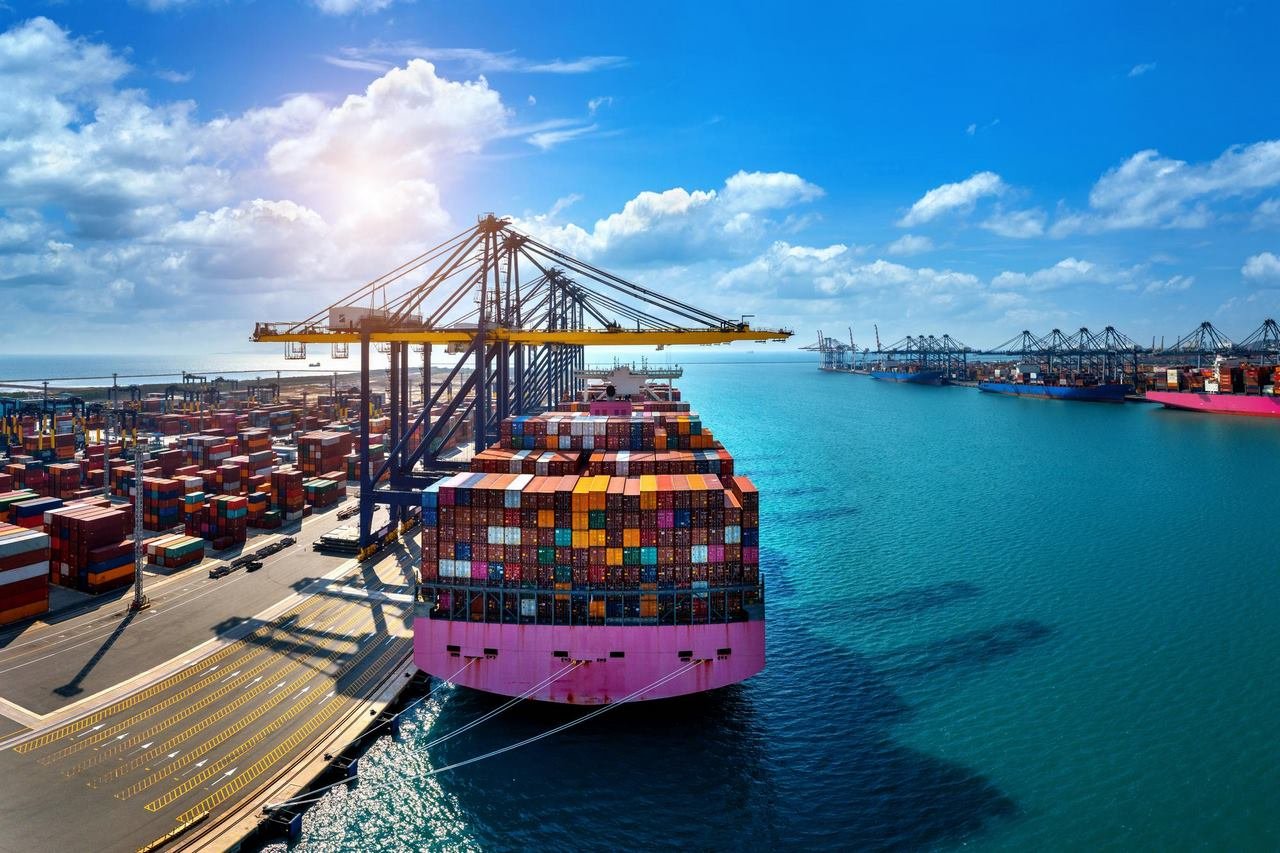
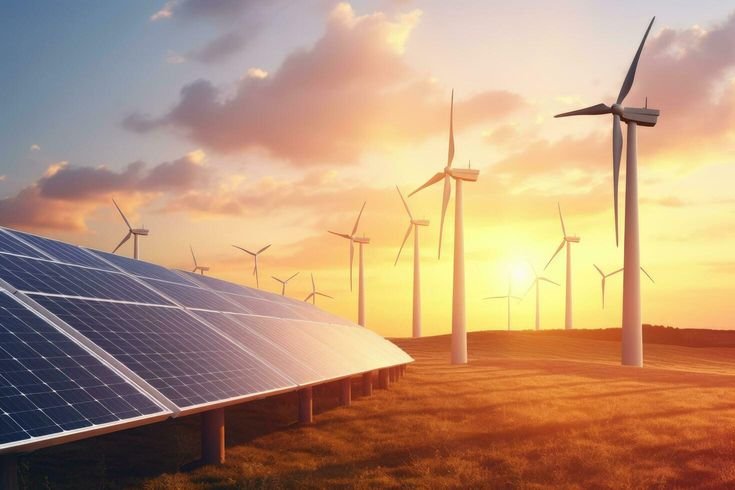
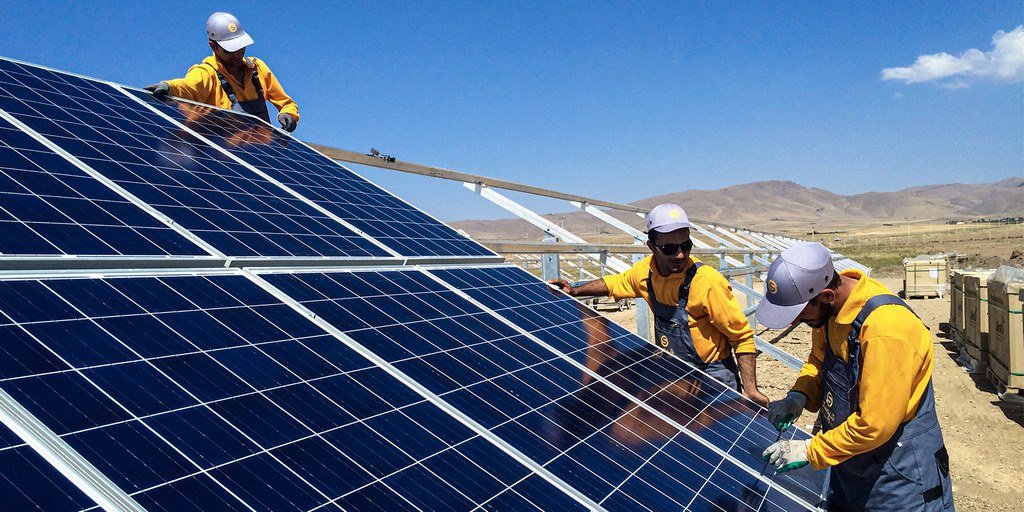

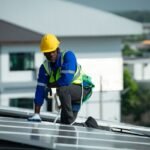
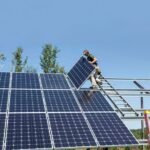

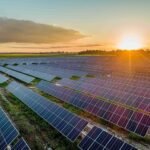
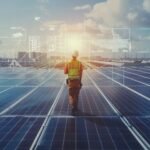
1 Comment
[…] Related Articles: 7 Deadly Mistakes to Avoid When Installing Industrial Solar Panels […]